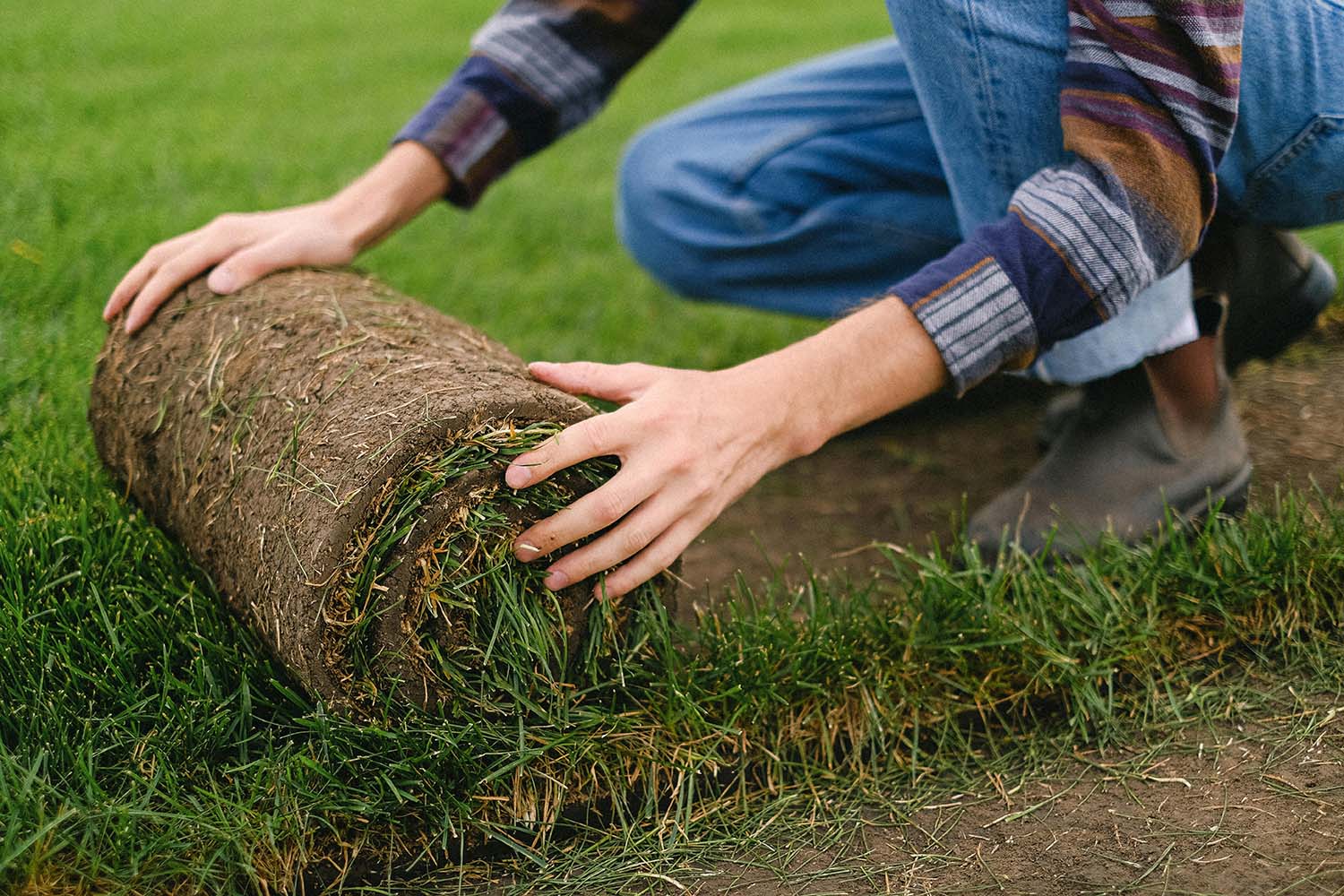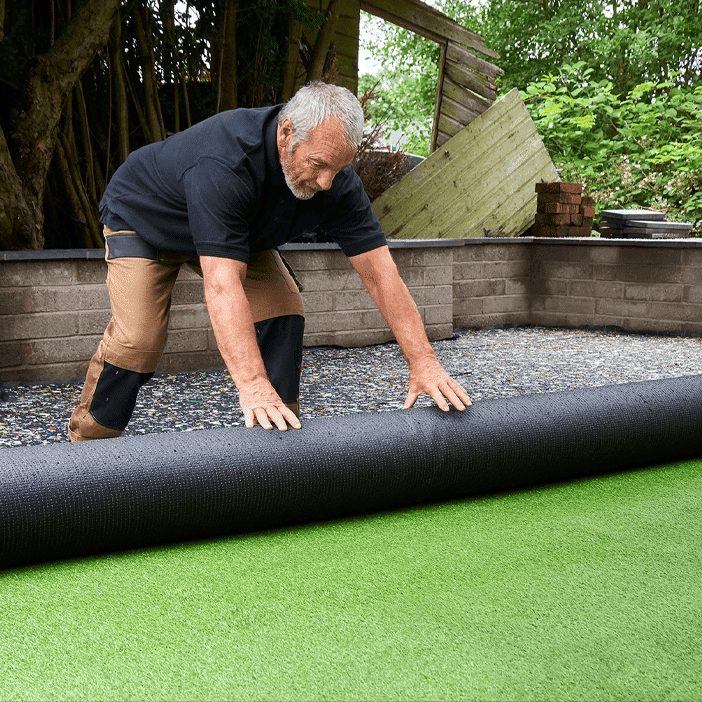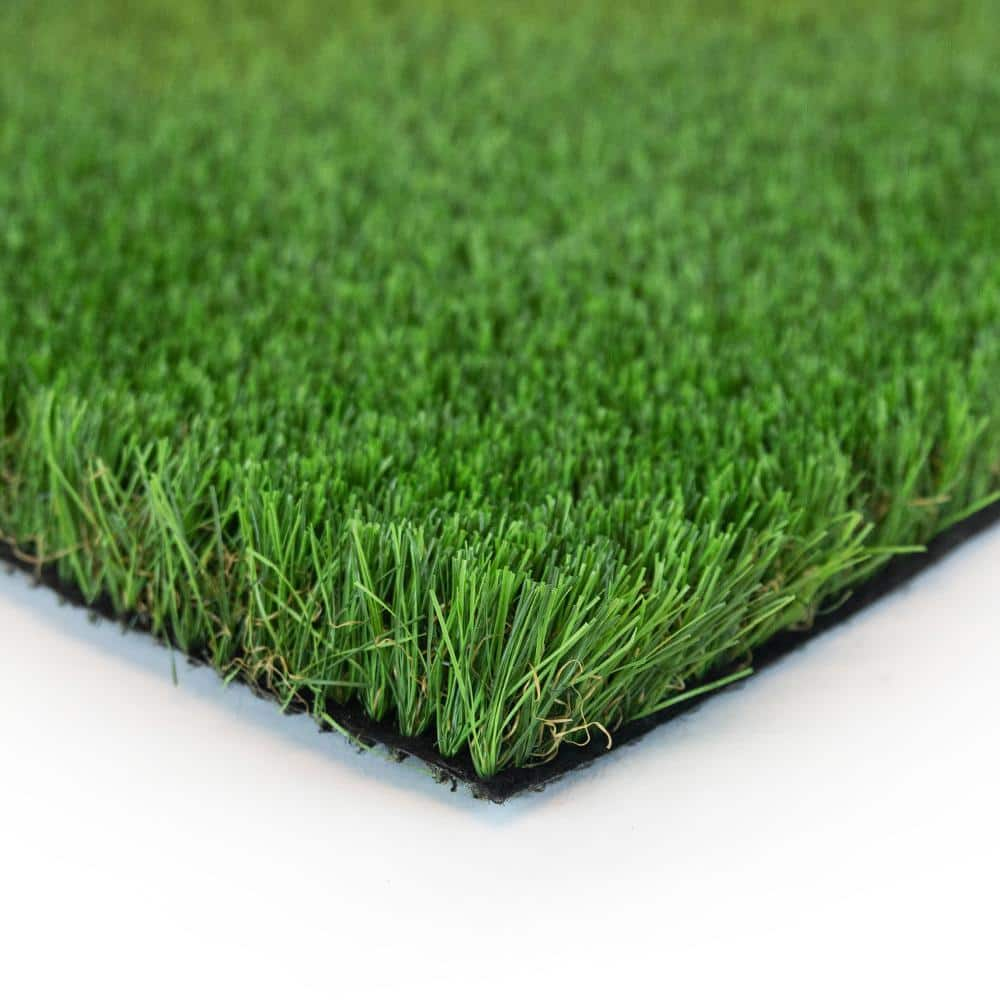Delve Into the Environmental Benefits of Opting for Synthetic Grass Solutions
The adoption of synthetic grass remedies offers an engaging chance to attend to pushing ecological difficulties. By considerably decreasing water usage and minimizing the application of hazardous chemicals, these alternatives not just advertise sustainable landscape design however likewise protect neighborhood ecological communities. The reduced carbon footprint linked with reduced upkeep activities adds to an extra sustainable approach to land administration. The effects of these benefits expand beyond simple preservation initiatives, raising concerns about their long-lasting influence on habitat conservation and total environmental equilibrium. Exploring these dimensions exposes an intricate interplay worth taking into consideration.
Water Conservation Conveniences
Among the most significant advantages of synthetic grass is its ability to preserve water. Conventional lawn lawns need considerable irrigation, especially in areas prone to dry spell or water constraints. On the other hand, synthetic grass does not require watering, substantially minimizing the total need for water resources. This feature is particularly useful in arid regions where water deficiency is a pushing worry.
By getting rid of the demand for regular watering, man-made lawn adds to sustainable landscape techniques and helps reduce the ecological impact of extreme water consumption. Additionally, the preservation of water extends to the reduction of overflow, which can lead to soil erosion and river air pollution.
Furthermore, the installment of synthetic grass allows home owners and districts to allocate water sources more efficiently, focusing on essential uses such as drinking water and farming. The change in the direction of synthetic grass not just advertises liable water use however likewise lines up with wider environmental goals focused on maintaining natural deposits.
As areas significantly focus on sustainability, the water conservation benefits of synthetic turf present an engaging instance for its fostering in residential and business landscaping projects.
Lowered Chemical Use
The transition to synthetic grass considerably decreases the reliance on chemical therapies frequently made use of in natural grass upkeep. Standard grass management usually entails the application of plant foods, pesticides, and herbicides to advertise growth and control bugs. These chemicals can position threats to human health and wellness, neighborhood wildlife, and the setting, contributing to dirt and water contamination.
In contrast, fabricated grass eliminates the need for these dangerous substances. By minimizing the release of synthetic substances right into the ecological community, artificial turf promotes healthier soil and water systems.
Furthermore, the absence of chemical overflow related to man-made grass setups assists shield neighborhood rivers from air pollution, sustaining marine life and maintaining biodiversity. Arizona artificial turf. As areas significantly focus on lasting methods, going with synthetic grass presents a viable solution that straightens with ecological preservation objectives. With this shift, homeowner can take pleasure in rich eco-friendly areas without endangering eco-friendly health and wellness, leading the means for a more sustainable future
Lower Carbon Footprint

Additionally, the installation of man-made turf can lead to significant water conservation. Natural yards call for substantial hop over to these guys amounts of water check my blog for irrigation, which not just includes to the carbon footprint connected with water removal and therapy yet also strains regional water sources. In comparison, artificial turf needs very little upkeep, calling for no watering, therefore considerably minimizing water use and its linked power prices.
In addition, the longevity of synthetic grass adds to its decreased carbon effect. With a life-span of up to 15 years or even more, the demand for constant substitutes is lessened, causing much less waste and reduced energy usage in manufacturing and throwing away typical yard choices. Generally, fabricated grass provides a sustainable option for environmentally conscious landscape design.
Environment Preservation
Habitat conservation is an essential factor to consider in the dispute over landscaping choices, specifically when contrasting synthetic turf to natural lawn. Natural yard yards typically require considerable upkeep, including the usage of chemicals, herbicides, and fertilizers, which can detrimentally impact neighborhood ecological communities. These chemicals can seep into the soil and rivers, hurting indigenous plants and animals and interrupting local environments.
In contrast, man-made turf provides an opportunity to minimize the ecological footprint of landscape design. By choosing artificial grass, home owners can reduce the disturbance of natural habitats linked with conventional yard treatment practices. Man-made turf gets rid of the requirement for harmful chemicals, therefore protecting close-by wild animals and maintaining the integrity of surrounding ecological communities. Moreover, the setup of fabricated turf can result in the conversion of previous grass areas into more biodiverse landscapes, such as pollinator gardens or indigenous plant areas, which can sustain local wildlife.
Ultimately, the change to fabricated lawn not only saves water and reduces maintenance initiatives yet also promotes a much more unified partnership in between human activities and the natural surroundings, advertising habitat conservation at the same time.
Long-Term Sustainability
Long-lasting sustainability is a web link critical aspect in reviewing the benefits of fabricated turf over typical grass yards. One of one of the most significant benefits of synthetic grass is its longevity; it can last approximately 15-20 years with very little upkeep, whereas natural turf calls for constant reseeding and substitute. This long life lowers the demand for consistent resources, such as water, plant foods, and pesticides, which are necessary for keeping a healthy and balanced grass yard.
In addition, synthetic grass adds to a decrease in carbon exhausts connected with yard care devices. Traditional lawns frequently require gas-powered mowers, trimmers, and blowers, every one of which contribute to air pollution. Artificial turf companies phoenix. On the other hand, synthetic grass removes the demand for such equipment, advertising a cleaner atmosphere
Moreover, the production of fabricated lawn progressively uses recycled products, enhancing its sustainability profile. As makers embrace green methods, the environmental footprint of man-made turf remains to reduce.

Final Thought
The fostering of synthetic grass remedies presents substantial ecological advantages, consisting of significant water preservation, decreased reliance on hazardous chemicals, and a reduced carbon footprint. In addition, synthetic grass help in preserving all-natural habitats by decreasing land disturbance and advertising long-lasting sustainability with using durable materials. Collectively, these variables underscore the potential of synthetic grass to contribute positively to environmental health and offer a viable choice to conventional landscaping methods in a progressively resource-conscious globe.
In contrast, synthetic lawn does not require watering, significantly reducing the total demand for water resources. By lessening the launch of artificial compounds right into the community, synthetic grass advertises healthier soil and water systems.
Furthermore, the installation of synthetic lawn can result in considerable water conservation. In contrast, man-made lawn needs very little upkeep, calling for no watering, consequently significantly reducing water usage and its associated energy prices.
